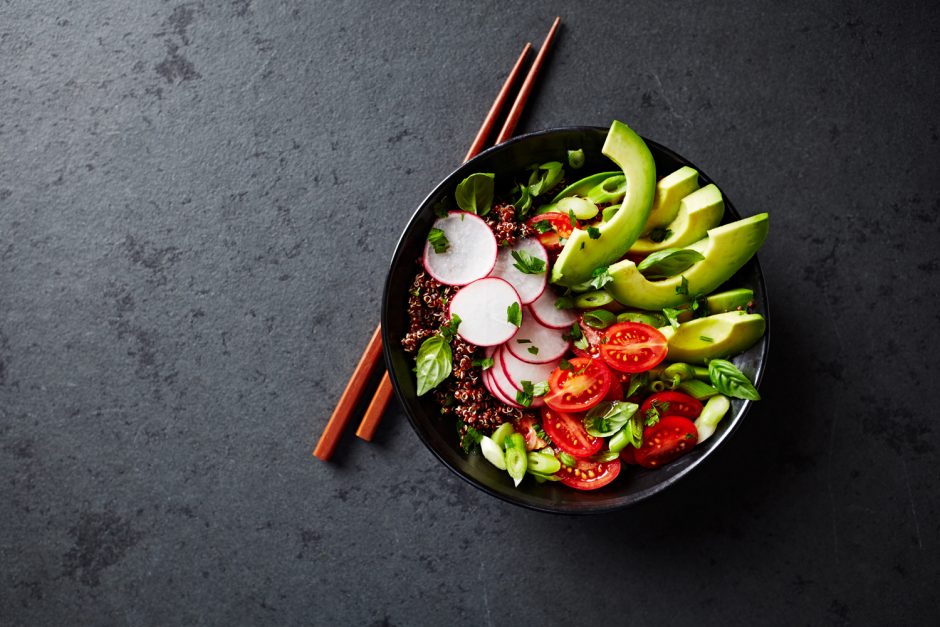Perk Up with 6 Tasteful Malaysian Drinks
Lighten your mood and rejuvenate your senses with 6 must-try Malaysian drinks!
Discover the authentic in Asian cuisine food

If you’re not a fan of cultural appropriation, look away now. The Buddha bowl is not named for Buddha, or his bowl. Buddha, in fact, thought that food had its place but should not take over your life. Where’s the fun in that though?
So what is a Buddha bowl then? And why was it given that name?
Though it’s commonly thought that Buddha ate food from a bowl, it would be a stretch to say this is where these deliciously healthy bowls took their name. More than likely, they were named after Buddha as a way to tap into the health market—yogis specifically. Yoga originated from the Vedas—Indian holy texts from around 1900 BC. These ancient texts gave rise to Hinduism, Jainism and Buddhism. However, despite its spiritual origins, most westerners who practice yoga are non-religious.
Businesses within the health industry have long used yoga’s spiritual links as a way to give their products and business extra gravitas. Buddha bowls are a prime example of this. In Australia, they’re more often than not called ‘grain bowls’ or ‘ancient grain bowls’. The Buddha name first appears in print in a Martha Stewart cookbook in 2013, but only really came into popular use in America in 2017. As these bowls started out as vegan options in a lot of restaurants, using the Buddha term seems, again, to be a marketing ploy.
So now we’ve figured out Buddha bowls have little to no religious significance, what are they?
As mentioned above, they almost definitely started out as vegetarian and vegan cuisine. They commonly have a grain—like quinoa or freekeh—and whichever other vegetables the maker wants to add. Kale often gets thrown in, but really any leafy green will do. What’s for certain is there’s no hard or fast recipe, and it’s pretty much an excuse to throw your favourite veggies into a bowl and munch away.
What’s been sneaking in recent years is the omnivore version of a Buddha bowl. These generally include throwing lean meat or fish into the mix. Given the overall vegetarian nature of Buddha’s teachings, maybe drop the Buddha name if you’re adding meat.
There’s a lot of delicious Asian ingredients that are perfect if you’re keen on making your own Buddha bowl, and we have some fantastic bowl recipes for you to try!
Start getting your beach body ready with these deliciously healthy meals!

Lighten your mood and rejuvenate your senses with 6 must-try Malaysian drinks!

Pair your hearty barbecues with these refreshing Asian delights!

What are the properties of ginger, and how to pick, store and use ginger in your cooking? Find out here!